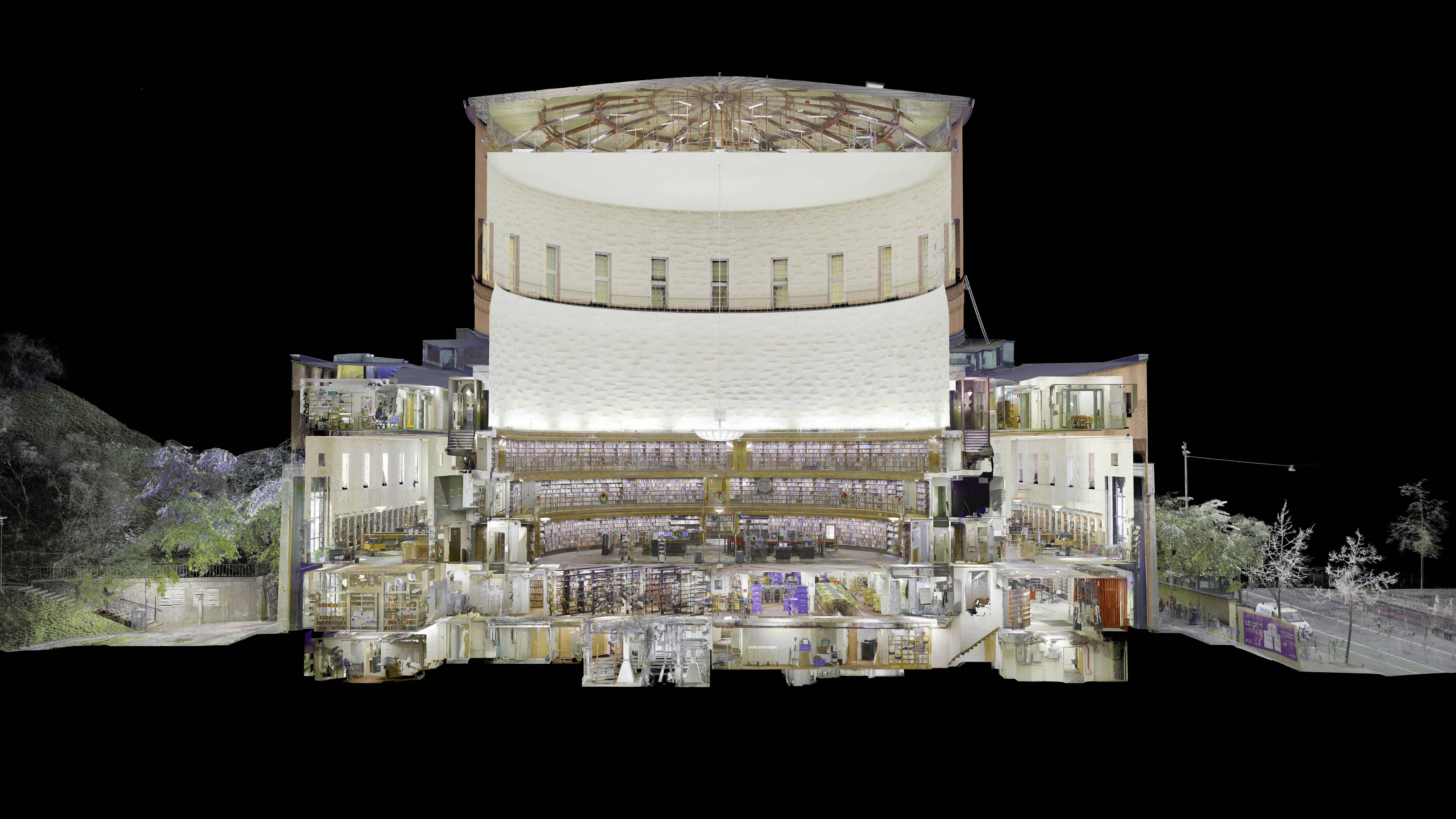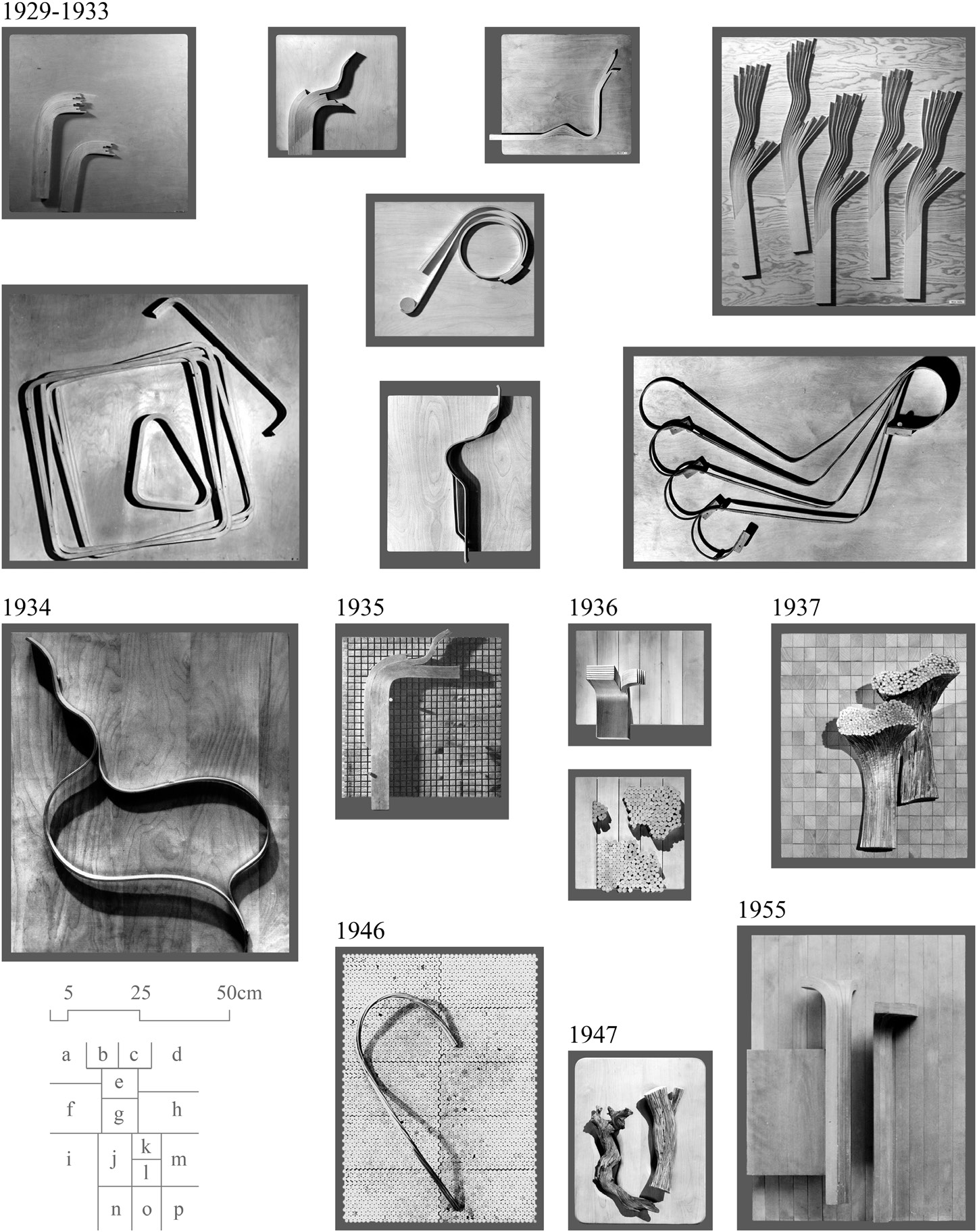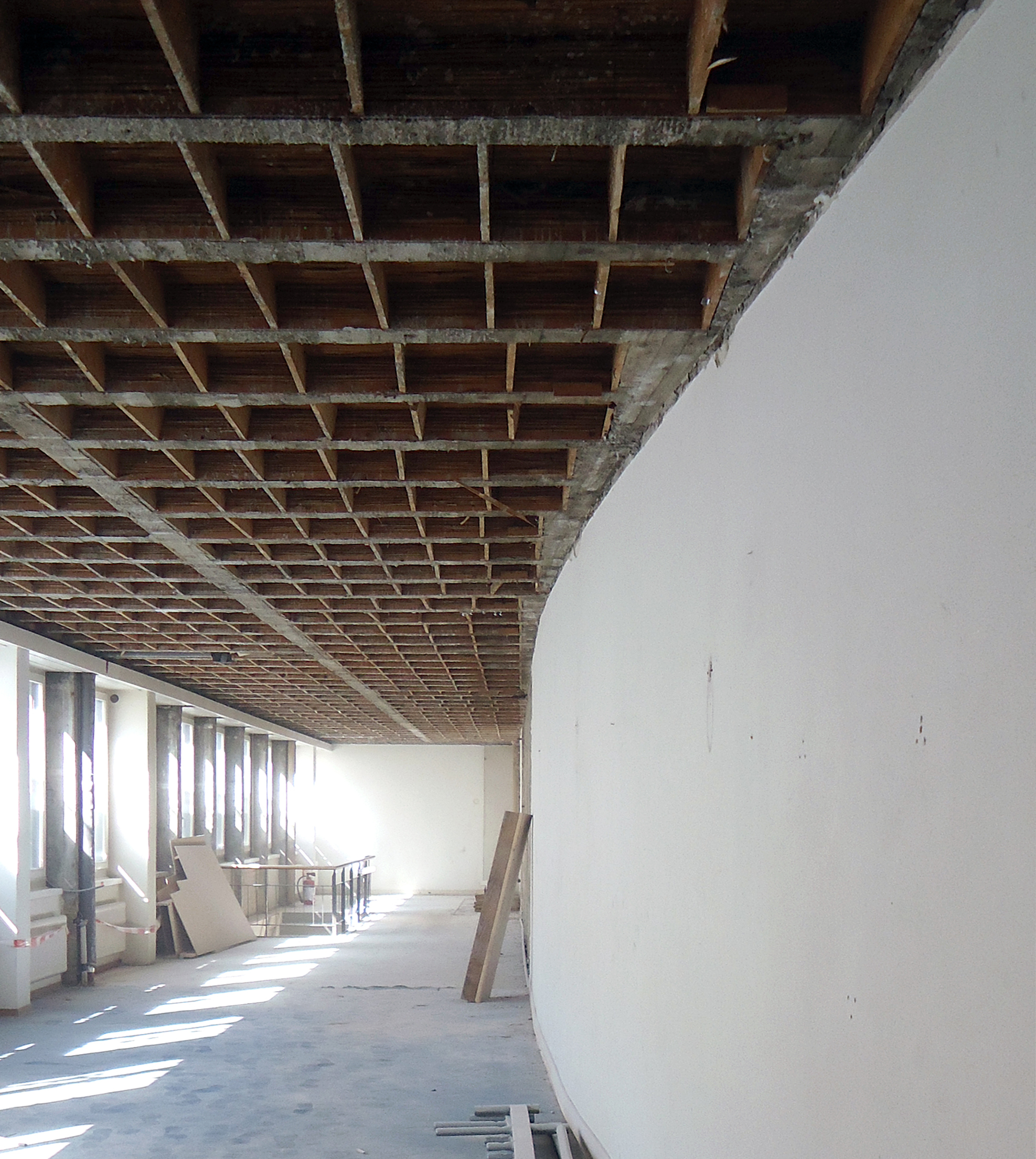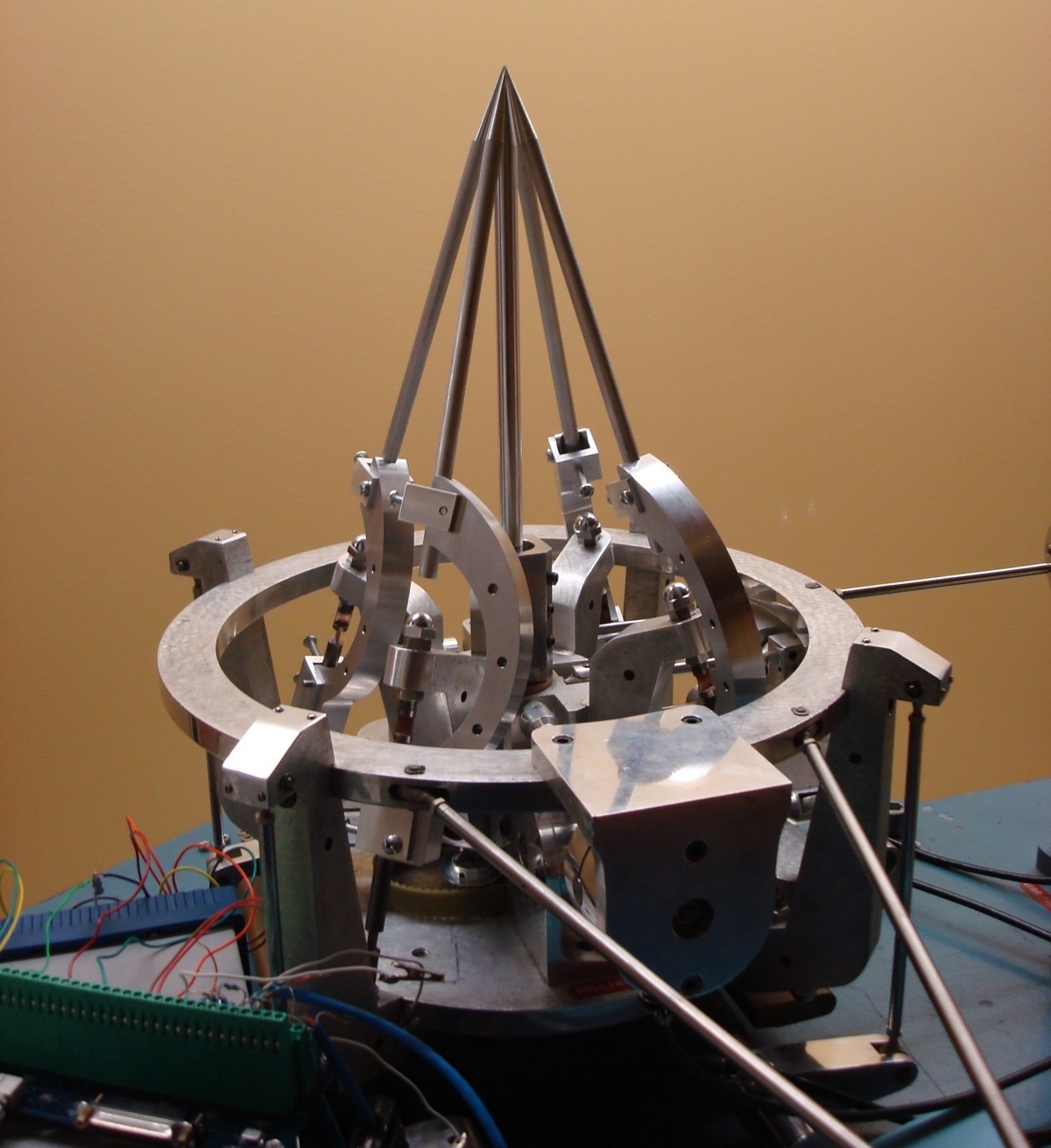Research
Research projects at ETH Zurich, Switzerland, the University of Cambridge, UK, and the University of Manitoba, Canada
Recovering the historical construction, acoustics, and lighting of the Stockholm Public Library
Funded through an Ambizione Grant by the Swiss National Science Foundation (SNSF)

Erik Gunnar Asplund's Stockholm Public Library (1924-28, 31-32) is a landmark work in twentieth-century architecture, and is currently undergoing a significant period of renovation and maintenance. The changing and dynamic role of libraries in society and culture, together with missing archival plans and lost knowledge of the building's underlying structure and construction, create distinct challenges in regards to renovating the library while preserving its architectural heritage.
This research project aims to recover lost knowledge of the Stockholm Public Library’s historical construction, acoustics, and lighting, while considering the library’s architecture and construction within its historical context and setting. A combination of archival research and an extensive suite of on-site measurements and analyses are currently underway in the project, involving archival studies, 3D laser scanning, ground-penetrating radar (GPR), acoustic testing, and lighting measurements.
The project has so far resulted in a detailed 3D point-cloud model of the library, capable of providing accurate plans and sections throughout the building as it stands today. This model can contribute to the renovation process, future research studies, and teaching. Detailed insights into the library's original construction have also been uncovered, including the use of Solomite panels of compressed straw, and a relatively early variation of aerated concrete as a cast-in-situ and air-cured material.
Research Team: Patrick Fleming, Petronella Mill, Margherita Chiozzi (ETH Zurich), and Marcelo Rovira Torres (Stockholm)
Collaborators: Profs. Anders Bergström (KTH, Stockholm) and Laurent Stalder (ETH Zurich)
Image Credit: Patrick Fleming and Petronella Mill
Awards and Publications:
1st Prize in the 2022 SNSF Scientific Image Competition, in the main category 'Objects of Study'
Research article published in arq : Architectural Research Quarterly
Research article published in Docomomo Journal
Research article published in Acoustics
Links:
Project Abstract (ETH Zurich)
Cross-laminated timber: Pioneering innovation in massive wood construcion
Funded through an Opportunity Grant by ETH Zurich Leading House Asia

As the global production of cross-laminated timber (CLT) continues to grow internationally, the Japanese Government and timber industry are actively encouraging CLT production with Japanese-grown timber. Yet despite the growing popularity of CLT, its original development in Switzerland, Germany, and Austria has not been addressed in detail in existing literature. This collaborative project with the Takenaka Carpentry Tools Museum offered an international platform to reflect on the past, present, and future of CLT development.
Based on archival research and interviews with architects, engineers, researchers, and manufacturers involved in the earliest CLT construction projects, this work contributed the first comprehensive account of the early development and use of CLT in the timber engineering research literature. The project also resulted in a public exhibition at Takenaka Carpentry Tools Museum in Kobe, Japan, from July 24 - September 20, 2021, and an accompanying open-access publication in English and Japanese, highlighting the original development of CLT in Europe and its current state-of-the-art use in Japan. By grounding the development of CLT within the longer tradition of wood construction, this project identified how key examples of previous engineered wood products like glulam, veneered wood panels (Tischlerplatten), and laminated veneer lumber (LVL) directly influenced the development of CLT. There is now a clear example in the literature of how the first initial idea or conceptualization of CLT and its implementation occurred within a short timeframe of only 1 – 2 years in the early 1990s. The rapid development of CLT, with the successful collaboration between architects, engineers, researchers, and industry, within an actual construction context offers a timeless example for future innovations.
Research Team: Patrick Fleming and Prof. Andrea Frangi (ETH Zurich)
Collaborators: Takenaka Carpentry Tools Museum, and Prof. Mikio Koshihara (University of Tokyo)
Image Credit: Takenaka Carpentry Tools Museum and ETH Zurich
Publications:
Edited Book from the ETH Zurich Research Collection
Chapter - Genealogy of Cross-laminated Timber
Links:
Takenaka Carpentry Tools Museum Exhibition Website
ETH Zurich Leading House Asia Grantee Story
3D Laser Scanning of Freibad Allenmoos
FUNDED THROUGH A FELLOWSHIP AT THE ETH ZURICH CENTER FOR ADVANCED STUDIES IN ARCHITECTURE

The Zurich Allenmoos open-air swimming pool (Freibad) was built from 1938-39 and designed by architects Max Ernst Haefeli and Werner Max Moser, engineer Ernst Rathgeb, and landscape architect Gustav Ammann. The site today is characterized by its mature trees, open structures, and dozens of original 'mushroom' columns and slender concrete slabs. In 1997, architect Ueli Zbinden restored the site while maintaining its architectural heritage, with an extended park area added by landscape architect Dieter Kienast. As a Fellow in the Center for Advanced Studies at ETH Zurich in 2019, I surveyed the site and its buildings with a 3D laser scanner, and developed new skills in point cloud rendering and architectural representation. The results of laser scanning led to a digital record of the site for future heritage preservation purposes.
Links:
ETH Zurich DARCH Center for Advanced Studies
Original architectural review article by Alfred Roth for Das Werk, Vol. 34(7), 1947
THE CONCRETE, STEEL AND TIMBER FOUNDATIONS OF THE ZURICH KONGRESSHAUS
FUNDED THROUGH A FELLOWSHIP AT THE ETH ZURICH CENTER FOR ADVANCED STUDIES IN ARCHITECTURE

This work was presented at the Docomomo 2020+1 conference, and brought to light historical records from the Robert Maillart Archive at ETH Zurich. These archival documents outlined the construction and detailed testing of various foundations and piles for the Zurich Kongresshaus by Haefeli Moser Steiger Architects (HMS). As one of the three project engineers from Conzett Bronzini Partner AG who was involved in the Kongresshaus’ recent restoration and extension, my first-hand experiences and site photographs further supplement these historical records. My own accounts arose from observing the construction of new piles, and also from working with and repurposing the building’s historical foundations. As a whole, this work establishes an archaeological catalogue and review of the Kongresshaus’ foundations. In doing so, different materials and techniques are addressed, reflecting a range of both traditional practices and modern technology in the Kongresshaus’ construction. This work further offers valuable insights and examples for future projects and interventions within existing heritage buildings, including those located further afield with similarly challenging sites.
Image Credit: ETH-Bibliothek, Hochschularchiv ETHZ, Hs 1085: 1936/38-1.
Publications:
Research article published in Inheritable Resilience: Sharing Values of Global Modernities, 16th International Docomomo Conference Tokyo Japan 2020+1 Proceedings
Links:
Docomomo 2020+1 Conference Website
AALTO WOOD RELIEFS

Alvar and Aino Aalto were influential architects and designers in the twentieth century. The peer-reviewed article linked below examined a collection of Aalto wood reliefs made between the 1920s and 1950s, highlighting their importance for both furniture design and architecture. The wood reliefs are considered from three main perspectives: first, as experimental models, gradually increasing in complexity and related to different techniques for bending and forming wood for furniture design; second, as formal or sculptural material studies that further complemented Alvar Aalto’s lectures and interest in rationalism and elastic standardization for both architecture and furniture; and finally, as straightforward exhibition pieces solely for promotional and advertising purposes, thereby reflecting the original manifesto of the Aaltos’ Artek design company. Far beyond playful or trivial models, the wood reliefs were critical to Aalto furniture and architecture, and Alvar Aalto’s promotion as a prominent modern architect and designer.
Image Credit: Original photographs courtesy of the Alvar Aalto Museum, Jyväskylä
Publications:
Research article co-authored with Mihoko Ando and published in Design History
WAYSS' ROHRZELLEN SYSTEM AND ITS APPLICATION IN THE ZURICH KONGRESSHAUS
FUNDED THROUGH A FELLOWSHIP AT THE ETH ZURICH CENTER FOR ADVANCED STUDIES IN ARCHITECTURE

As a practising structural engineer during the recent renovation and extension of the Zurich Kongresshaus (1937-39) and Tonhalle (1895), I worked with a broad range of historical construction and materials from different decades in the twentieth century. One of the most interesting techniques that I observed was the Rohrzellen system as formwork for reinforced concrete construction. Each Rohrzellen or cellular tube was made with wooden frames, wrapped in a thin matting of woven reeds, then used as formwork to typically build ribbed concrete floor slabs. Patents and original reports show how the German engineer Gustav Adolf Wayss developed the system in 1907. Archival photographs also indicate that it was used by Le Corbusier at the Weissenhof Estate in Stuttgart in 1927, and later in Switzerland around 1930 for the Neubühl housing project by Kongresshaus architects Haefeli, Moser, and Steiger, among others.
The conference article in the link below shows how Wayss’ Rohrzellen system was originally developed through a series of patents, then later used in a variety of ways in the Kongresshaus’ 1930s construction. For example, in straightforward ribbed floor slabs, spanning in one direction over relatively short distances of ca. 4-5m, as well as significantly longer one-way spans of ca. 12m, but also in much more geometrically-complex structures, featuring curved surfaces not unlike those seen in mushroom columns and flat slabs. Although useful for a broad range of applications, Wayss’ Rohrzellen system only involved simple materials like wood and reeds, but made use of them in a highly standardized and efficient construction system for early forms of reinforced concrete construction.
Publication:
Research article published in Water, Doors, and Buildings: Studies in the History of Construction. The Proceedings of the Sixth Conference of the Construction History Society
Links:
UK Construction History Society Events Website
Stress-laminated Timber Structures
FUNDED THROUGH A CAMBRIDGE COMMONWEALTH TRUST AWARD AND A DOCTORAL TRAINING GRANT FROM THE UK ENGINEERING AND PHYSICAL SCIENCES RESEARCH COUNCIL (EPSRC)

In the coming years significant increases in UK-grown timber resources are expected, primarily due to increased planting activities of Sitka Spruce trees in the 1960s and 70s. With no UK-based glulam and CLT industries, considerable challenges arise to use this relatively low-grade material in large-scale timber buildings. A main part of my doctoral thesis examined the possibility to use UK-grown timber with stress lamination as an alternative to glue-based lamination. While stress lamination typically involves simple transverse prestressing bars and friction forces instead of glue to usually create massive bridge decks, the technique can also be adapted for other types of structures. Small-scale testing of stress-laminated columns showed promising results, and full-scale construction and structural tests confirmed the performance of stress-laminated columns to be similar to solid wood. Long-term testing with a custom detail for column bearing plates made with over-dried, quarter-sawn beech further highlighted how prestressing losses can be effectively controlled and accounted for. These results demonstrated the general applicability and benefits of the stress lamination technique, including its compatibility with low-grade timber material in standardised or custom components. This work further demonstrated the ease of stress-laminated timber production and disassembly, and the general ability to re-use stress-laminated timber elements.
Publications:
Research article published in Construction and Building Materials
Doctoral Thesis from the University of Cambridge Repository - Apollo
MEASURING UP IN TIMBER
During my second master‘s thesis, in the field of environmental design in architecture, I investigated the structural and environmental challenges of high-rise timber buildings. In 2011, early examples of tall timber buildings, including my own initial work involving structural and lighting studies, showed a tendency to closely follow the designs of ordinary steel and concrete tower blocks. I argued instead that new high-rise timber buildings could open up new areas of design and construction, and that architects and engineers can explore the potential of timber in the development of new types of high-rise and multi-storey buildings. In collaboration with Michael Ramage and Simon Smith, this thesis work resulted in preliminary designs for a six storey timber office building in London, UK, and a 65 storey ‘super tall‘ residential timber tower, presented at the 4th International Alvar Aalto Conference on Modern Architecture in Jyväskylä, Finland.
Publications:
Research article published in arq : Architectural Research Quarterly
Links:
Skyscraper Shuffle, review of the 4th International Alvar Aalto Conference on Modern Architecture by Jeremy Melvin for The Architectural Review
WINDTUNNEL TESTING AND AERODYNAMICS OF ICED CABLES
FUNDED THROUGH A CANADA GRADUATE SCHOLARSHIP FROM THE NATURAL SCIENCES AND ENGINEERING RESEARCH COUNCIL (NSERC)

My first master’s thesis project in mechanical engineering involved a series of wind tunnel experiments, where I studied the flow-induced vibrations of suspended electrical lines exposed to steady wind and freezing rain. This work involved multidisciplinary research across the fields of fluid mechanics and aerodynamics, vibrations, and automation and robotics. Before conducting any experiments, a large part of this project first involved recommissioning a wind tunnel and calibrating and automating its instrumentation. The photo above shows the mechanical alignment and calibration of the wind tunnel’s aerodynamic balance, which is an instrument used to precisely measure aerodynamic loads, such as lift and drag, which act on a wind tunnel model. Using robotics and automation to accurately position and repeatedly oscillate a model of an iced cable, results showed how dynamic rotational effects can influence the aerodynamic loads of iced cable. These results suggested that conventional quasi-steady theory for predicting the aerodynamic loads of iced electrical cables can be further developed to take into account additional dynamic effects.
Publications:
Research article from the ASME 2010 3rd Joint US-European Fluids Engineering Summer Meeting
Master's Thesis from the University of Manitoba Library - MSpace